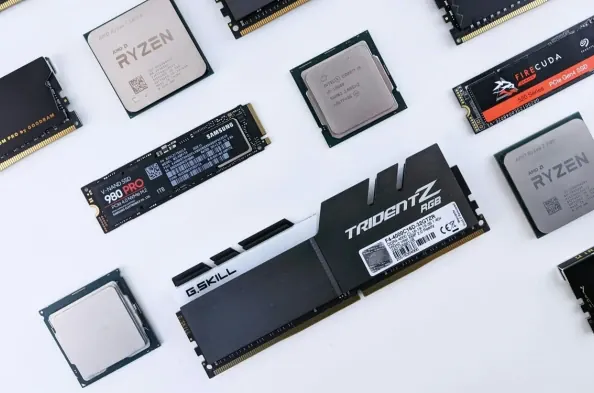The chip industry has never been more scrutinized than it is today. As digital ecosystems expand and threats become more sophisticated, Intel and AMD face relentless challenges in safeguarding their products against vulnerabilities. In light of forthcoming November 2024 Patch Tuesday security advisories, this roundup delves into insights from various experts on how well these leading chipmakers are faring in their cybersecurity efforts.
Understanding the Stakes: Security Adversaries in the Chip Industry
Recent vulnerabilities have cast a shadow over the chip industry, with high-severity flaws threatening the integrity and security of critical infrastructures. Security advisories and patches are pivotal in maintaining trust and protecting data. With the publication of new advisories by Intel and AMD, the industry watches closely to evaluate the effectiveness of these measures.
Intel’s High-Severity Vulnerabilities: A Deep Dive
Intel has been at the forefront of addressing security concerns, especially with high-severity vulnerabilities affecting products like Xeon processors and graphics drivers. The company’s software and firmware patches aim to mitigate risks but have sparked debates. Some experts argue that the complexity of privilege escalation could render these measures insufficient, while others believe the updates adequately bolster security.
Medium-Severity Concerns and Intel’s Response
Besides high-severity issues, Intel’s medium-severity vulnerabilities also pose significant risks. Affecting a wide array of products, these vulnerabilities demand strategic mitigation. Industry analysts highlight that Intel’s challenge lies in patching discontinued products, noting the considerable hurdles this presents in maintaining a secure product ecosystem.
Intel vs Emerging Threats: Staying Ahead in Cybersecurity
Intel’s proactive stance against emerging threats is notable. A comparison of regional responses reveals varying degrees of implementation and compliance, influenced by local cyber policies. Industry leaders stress the importance of continuous vigilance and adaptation as new threats emerge, questioning whether Intel’s measures will sustain its cybersecurity resilience.
AMD’s Battle Against Vulnerabilities
AMD’s Critical Security Flaws Unveiled by ‘Pwni’
AMD was prompted into action by ‘Pwni,’ an external researcher who uncovered flaws in AMD’s management tools. The release of corrective patches was swift; however, discussions continue regarding the overall efficacy of AMD’s security strategy. While some believe the company’s actions effectively neutralize immediate threats, others emphasize the need for a more holistic approach.
Guarding Against Side-Channel Attacks: AMD’s Strategy
AMD’s approach to side-channel attacks, particularly those targeting Secure Encrypted Virtualization (SEV), involves applying existing mitigation strategies for Spectre-type attacks. This approach has garnered mixed reviews, with some experts appreciating its consistency while highlighting the inherent risks of relying on generalized solutions for evolving threats.
Addressing Ryzen AI Vulnerabilities: An In-Depth Look
The vulnerabilities identified in Ryzen AI software pose additional challenges for AMD. Case studies illustrate the real-world implications of these flaws, emphasizing the necessity for robust security measures in AI-driven products. Observers predict that future threats will increasingly target such technologies, pushing AMD to innovate continually.
Practical Steps for Mitigation and Best Practices
Summarizing expert insights, it’s clear that continuous patching and proactive threat management are essential. Intel’s and AMD’s responses serve as models, highlighting the importance of timely updates, comprehensive testing, and adherence to best practices. System administrators and end-users are encouraged to implement these strategies to enhance security measures effectively.
The Road Ahead: Future Implications for Intel and AMD
In conclusion, Intel and AMD’s ongoing efforts to address vulnerabilities reflect a significant commitment to cybersecurity. The evolving threat landscape demands continuous adaptation and vigilance. Industry stakeholders must prioritize proactive measures, ensuring sustained security and resilience against future threats. Readers are encouraged to stay informed and adopt these insights to safeguard their systems effectively.






